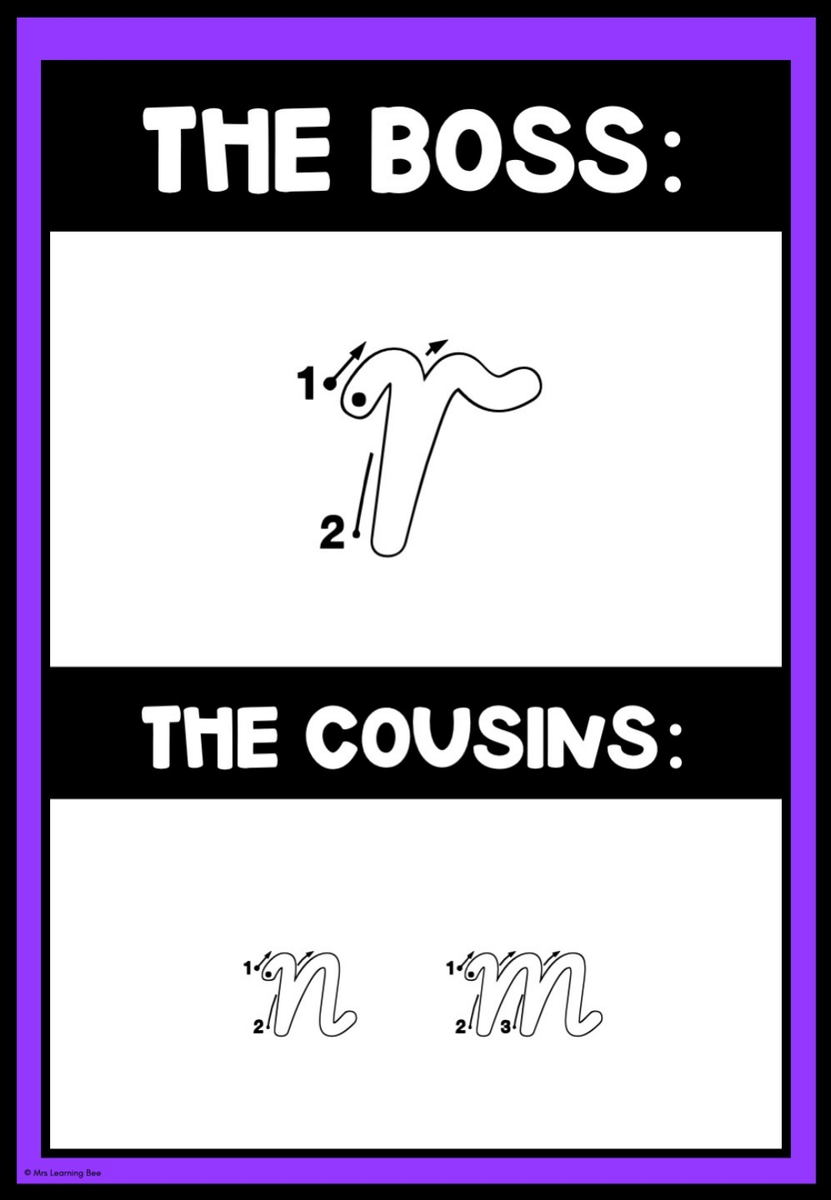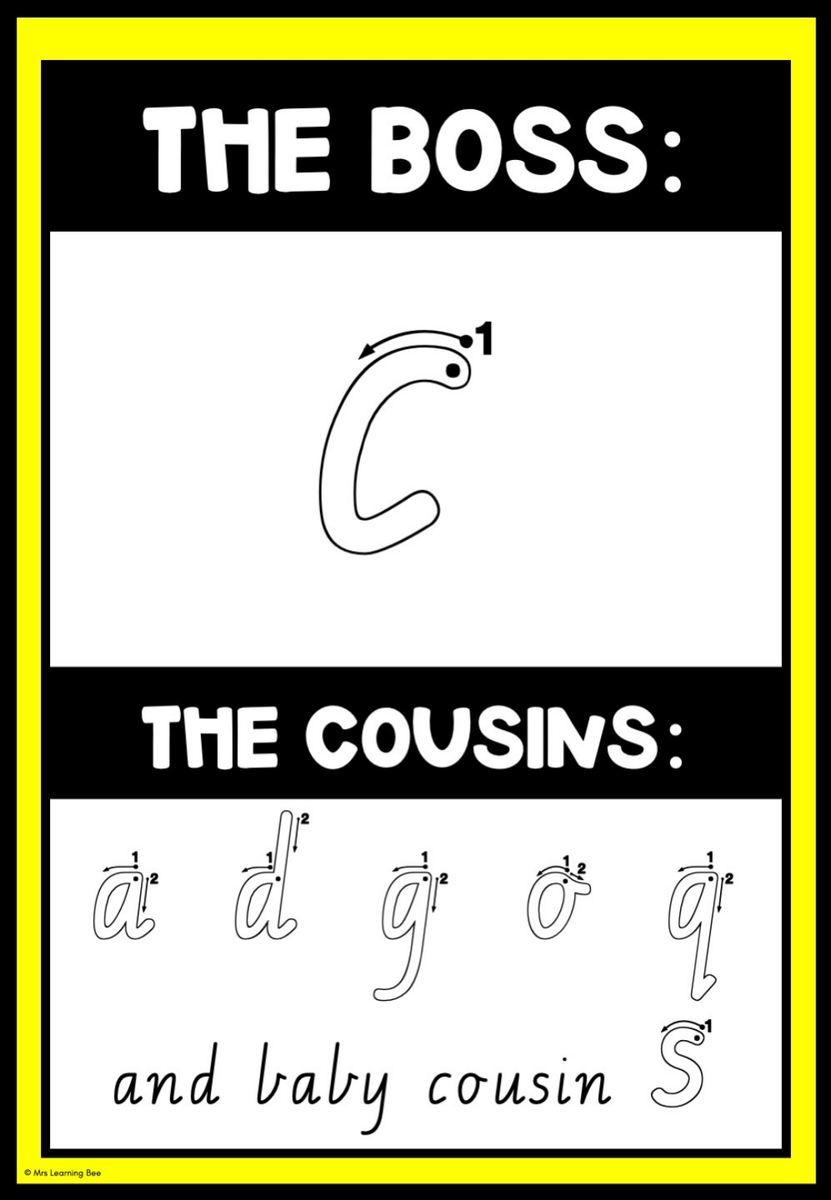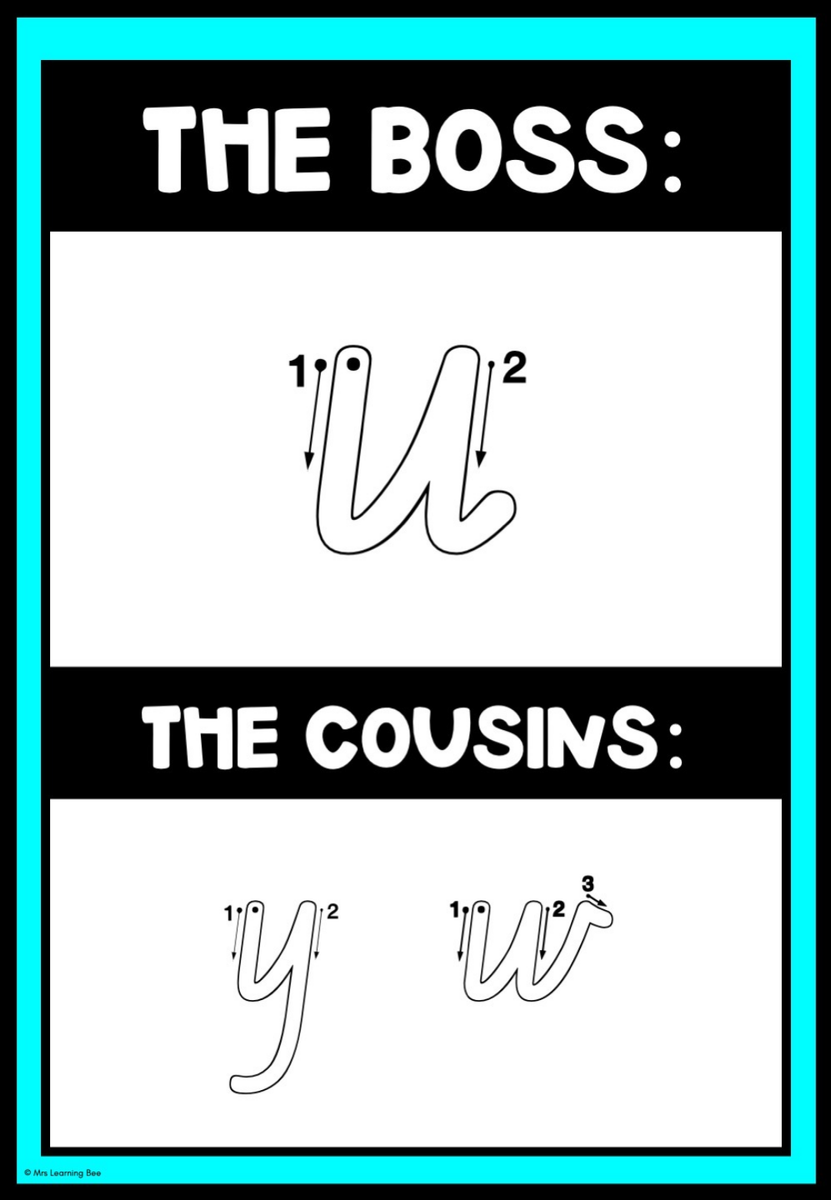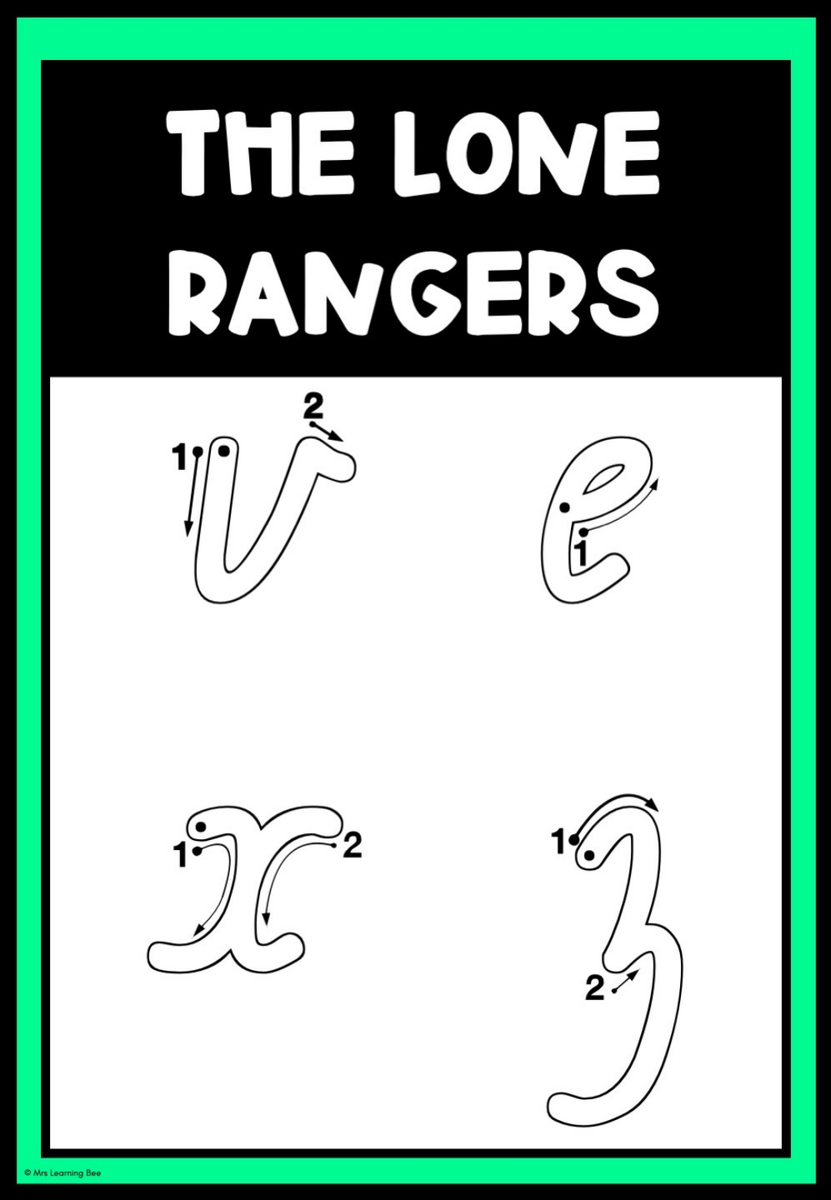Prep
Week 5, Term 4

Prep
Week 5, Term 4
INFORMATION
🍎 Transition #2 - this Wednesday
We have our second Transition Session this Wednesday. Our current Preps will meet in the amphitheatre in the morning before spending time with their buddies in the BER. Together, they will take part in some fun activities connected to our CBL learning.
✍🏼 Whiteboard markers
Some students are running low on their whiteboard markers, and a few have already finished their allocation. If you’d like to, you’re very welcome to send an extra marker to school, which we will put straight into your child’s bag for them to use. If not, students will still be able to take part in all activities using their clipboard and writing paper instead.
CURRICULUM
📚 Phonemic awareness: reading and phonics
Due to the shorter week, we will only complete one UFLI lesson. Students will learn that 'ge' says /j/ as in 'cage'.
Our focus will include:
We will review previously learned heart words, with no new words being introduced this week.
What can you do at home?
• Help your child read the take-home book, decodable passages and Heart Words from their book pocket. Aim for fluency by the second day of reading.
As your child reads, encourage them to recognise familiar words instantly and only sound out unfamiliar ones.
• Enjoy bedtime stories together to build vocabulary, comprehension and a love of reading.
• Work through the optional UFLI home pages if you’d like some extra phonics practise at home.


📝 Literature: reading responses and writing
Our Mentor Text is Where the Lyrebird Lives by Vikki Conley. Students will create a story map to visualise the events and explore the descriptive language used by the author, with a focus on adjectives. They will also write their own nature-inspired poems, using their five senses to bring their ideas to life.


Our Mentor Text sessions will include plenty of writing opportunities for students to apply and extend their learning. Students will continue to refine their handwriting and letter formation using their Sky, Grass, Ground writing books.
What can you do at home?
• Practise 'boss letters' and then practise its cousins (see below).
• Build in authentic writing experiences like writing a shopping list, birthday cards, wish lists or notes for family members.
• Say it, then write it – Ask your child to say their sentence out loud first, then write it down.
• Check for capitals and full stops – Remind your child to start with a capital letter and finish with a full stop.
• Practise writing the Heart Words, taking care to notice the tricky 'heart' parts in the word.










🔢 Maths
Students will revisit the concept of location. They will practise moving a given number of squares on a grid and using verbal directions to move an object. Students will also solve simple problems that involve following and giving directions.
What can you do at home?
• Play board games with grids. Games like Snakes and Ladders help children practise moving along a numbered grid and following directions.
• Talk about directions in daily life by using language like “behind,” “next to,” or “between” when describing where objects are around the house.
• Explore maps together. Look at a map of the local area or zoo and talk about how you would move from one place to another.
🌏 CBL - Discovery
Students will explore the parts of plants using the book Flora: Australia’s Most Curious Plants by Tania McCartney. They will also participate in a fun photo tree and plant identification activity, learning to recognise local Australian plants such as eucalyptus, bottlebrush, grevillea, lomandra, wattle, westringia and poa grass.
To extend their learning, students will go outside to locate some of these plants and create their own sketches. This hands-on activity helps them connect what they read in the book to the plants growing in their environment.

